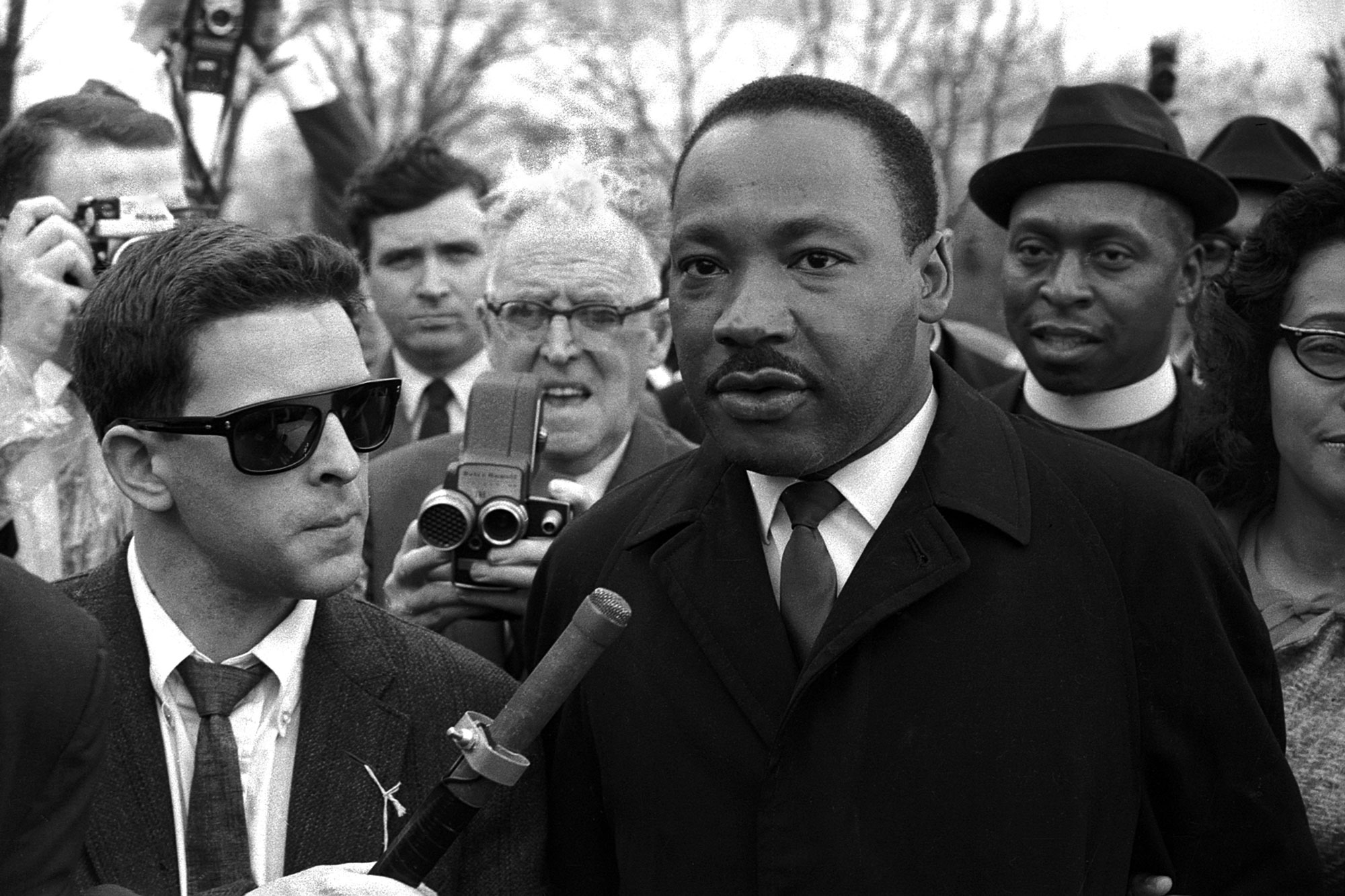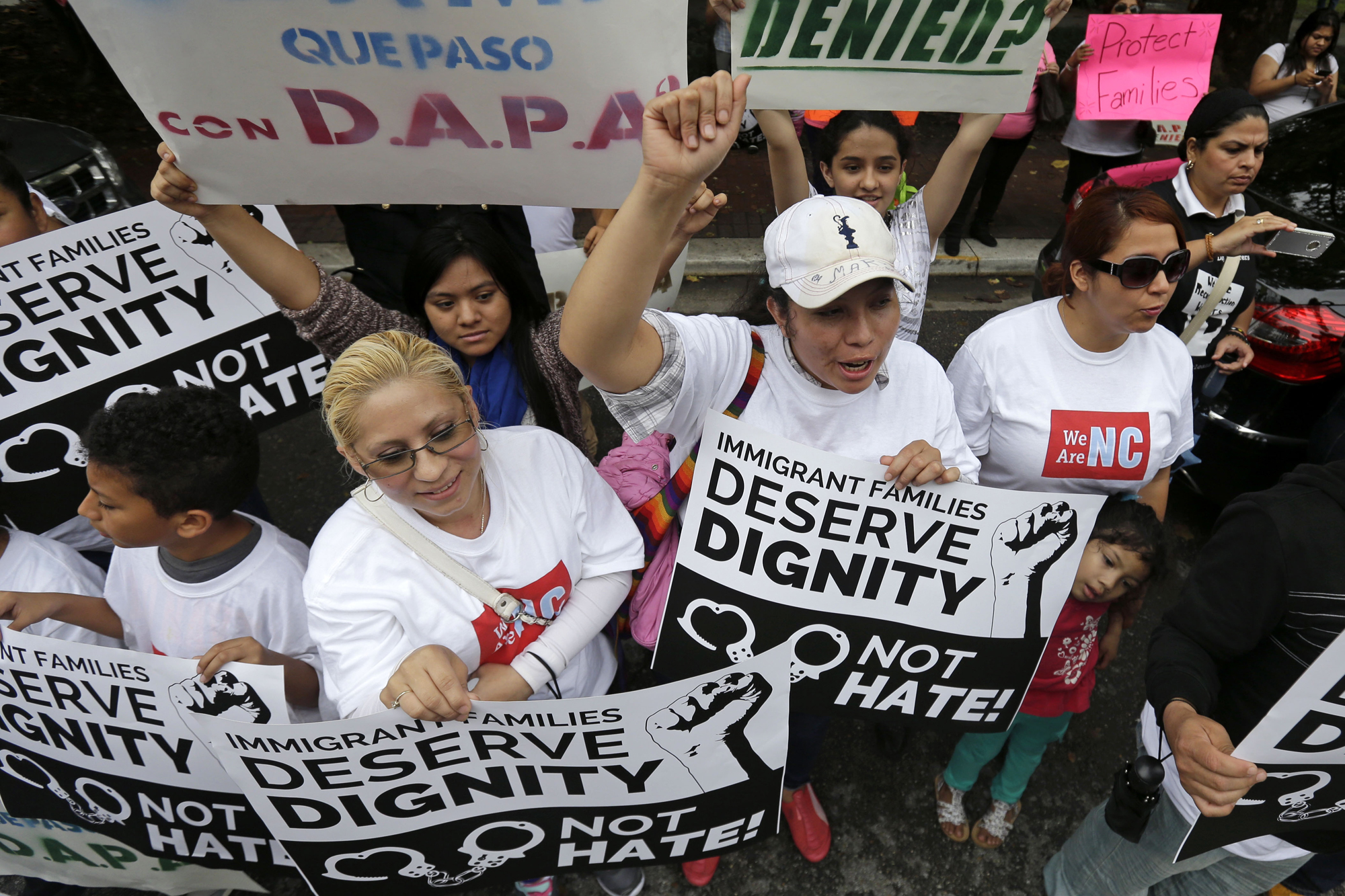I met Karen, a 46-year-old Black mother, while I was studying the re-entry journeys of drug-involved men and women who were formerly incarcerated.* I recruited her to participate in a 60-minute interview, but even after having worked all day, she sat beside me in my office and spent several hours generously sharing her life story.
Karen had cycled in and out of prisons for crimes committed in the Greater Philadelphia area, ranging from identity theft and fraud to prostitution and strong-armed robbery. In her early 20s, a Delaware judge handed down a drug trafficking conviction that came with her first of several prison sentences. That’s when she was invited to enroll in a collective-oriented recovery program—a method that was relatively new to that prison in the early 1990s, and Karen’s first exposure to drug treatment. The program was designed to be a “total treatment environment,” where participants were separated from the distractions of normal prison life with other inmates, and instead lived and worked in a space focused on recovery, mutual support, and accountability for self-change.
Get TalkPoverty In Your Inbox
Karen didn’t make it through even 5 weeks of the 12-month program before getting kicked out for insubordination to a counselor. When I asked her to reflect on her thoughts about leaving the counseling program to return to work assignments and the general prison population, her response startled me. “I loved [leaving]” she said. “It was just time for me to leave … I ended up losing weight in there. I had lost 19 pounds and ain’t nobody know who I was.”
What Karen encountered—and happily left—was a type of treatment program on which a lot of U.S. prisons rely: the therapeutic community (TC). Based on her story, and the stories of those like her, its success seems to depend on the race of the participants.
*
More than 1 million adults with serious mental illnesses are currently under criminal justice supervision, and the criminal legal system has emerged as one of the largest dedicated providers of substance abuse treatment for American citizens. Treatment for inmates with substance use disorder ranges from cognitive behavioral therapies, which teach patients to identify how thoughts and beliefs affect behavior, to medication, such as methadone, and even to mindfulness, which teaches students how to acknowledge and accept their present-moment struggles and design healthy ways to cope with those feelings and triggers.
Currently, more than 25 percent of state inmates and 1 in 5 federal inmates receive group-based drug treatment, typically offered in the form of a therapeutic community. The guiding approach of the TC is to provide drug-addicted inmates with a substance-free environment and group-based counseling. What sets this prison-based model apart is its focus. Unlike other programs that treat addiction, with TC, it’s understood that the person is sick, and that addiction is only a symptom of that sickness.
For example, during half-day “group shares,” participants are supposed to publicly examine their personal choices. If someone’s behavior doesn’t support the stated values of the TC, they are confronted by the community to help them “get back on track.” This recalibration takes shape first in the form of a verbal “pull-up,” where one community member makes the transgression of another known to the rest of the community. This exposure usually takes place during “encounter groups,” or “EGs,” as Karen referred to them— mandatory group-based meetings marked by harsh public shaming.
My research team interviewed 300 men and women who participated in these encounter groups while incarcerated in Delaware, and several described the experience as being situated in the middle of a pinball machine, where when in the “hot seat” (literally in the center of the group of other TC residents circled around you), you are emotionally hurled from one peer’s criticism to the next. Karen described why she was glad to not have to deal with it anymore:
EG is when everybody is sittin’ around in a circle, and you sit right in the middle of that circle, and when they call your name you would turn around to ‘em and they just blow you right out. Anything that they wanted to say—cuss at you—all you do is sit up in there and you don’t do nothing.
The rationale for this element of “treatment” is to require participants to publicly admit that their choices and negative behaviors got them to where they are now. This is a critical part of TC programming, and newer residents are socialized into these norms by older residents and TC staff, many of whom are in recovery themselves.
Respondents I spoke with shared that the initiation practice breeds bitterness and despair.
Leaving the TC, however, is no simple feat. Participants aren’t assessed as making progress unless they accept that they are “sick” and that they are personally responsible for their current imprisonment and the circumstances that brought them there. But in an age of massive cuts to public benefits and derogatory myths about “welfare queens,” female drug treatment clients are already often characterized as pathologically inferior and dependent. Those without jobs, or children they care for, must tread this territory with a very light step. And for formerly incarcerated non-Whites who must also carry the disproportionate burden of discrimination in post-prison housing and labor markets, the “addict” label is even more dangerous.
*
My interviews with current and former White TC participants suggest that, even though they also find pull-ups horrific, they are more comfortable adopting the label of “addict.” They shared that adopting a sick role allows them to enjoy a collection of rights and pardons, including protection from having to assume full responsibility for their life circumstances, and access to more inclusive, less blame-laden care. We’ve seen the same thing with the emerging conversation about the opioid crisis and how much collective empathy has been extended to White opioid users, despite being denied to Black heroin users for decades. Justine, a 51-year old White women from the suburbs of Wilmington, Delaware, shared that she knew that her addict status would have hurt her recovery and post-prison reintegration prospects much more if she were not White:
When I got out of state [prison], it was like people forgave me in ways I never expected. They thought that because they saw me doing the work, going to meetings, walking the steps—they thought that I deserved a second chance … I learned that nobody wants a pretty White girl to go to waste like that. Strangers will fight for me even if I won’t. That’s a truth that still gets me out of trouble today.
Experiences like Justine’s underscore the benefits of White privilege and class privilege. Studies show that White job candidates, regardless of their backgrounds, are given the benefit of the doubt in the labor market in ways that are denied to Black applicants. On the other hand, Black jobseekers are more hesitant to disclose anything that confirms the drug-using or criminal stereotype that they believe employers are already harboring.
Melanie, a Black woman who had served over 10 years for a cocaine possession conviction, shared that the illness language was synonymous with “junkie” and would never help her once released from prison. Instead, she believed that those labels would only lock her out from viable job opportunities and housing options, which are already limited for poor racial minority women with criminal records. Melanie was one of many who either “faked it,” relying on a script that she believed TC counselors wanted to hear, or dropped out of the TC altogether and forfeited the opportunity to claim a formal rehabilitation status.
Other Black respondents left the program because of their desire to get out from under the state’s gaze as soon as possible. The appeal to White TC graduates of prolonging treatment for the sake of earning a certificate of rehabilitation that could be displayed to prospective employers and landlords didn’t have the same luster for Black graduates. For White graduates, the certificate served as a badge. For Black graduates, the certificate lingered as a foul stain, proof of their diseased persona that could resurface at any time.
We already live in a society where Black people simply don’t get to be pardoned, sick, redeemed, or fully human. Incarcerated people who are Black and assessed as drug-addicted are self-selecting out of the corrections-based recovery process because it simply costs them too much and nets them too little.
Damon, a Black man who had worked in construction since his teens but couldn’t find work upon returning home from prison, had this to say about flaunting the TC graduation credentials: “I can tell you this much … I don’t know what the silver bullet is, but I know that that ain’t it.”
* All first names are pseudonyms and used to protect research subjects’ privacy.
**“Black” and “White” are capitalized throughout to illustrate that they represent political categories, just as you would see when identifying an “Irish,” “American,” or “Chicano” individual.











